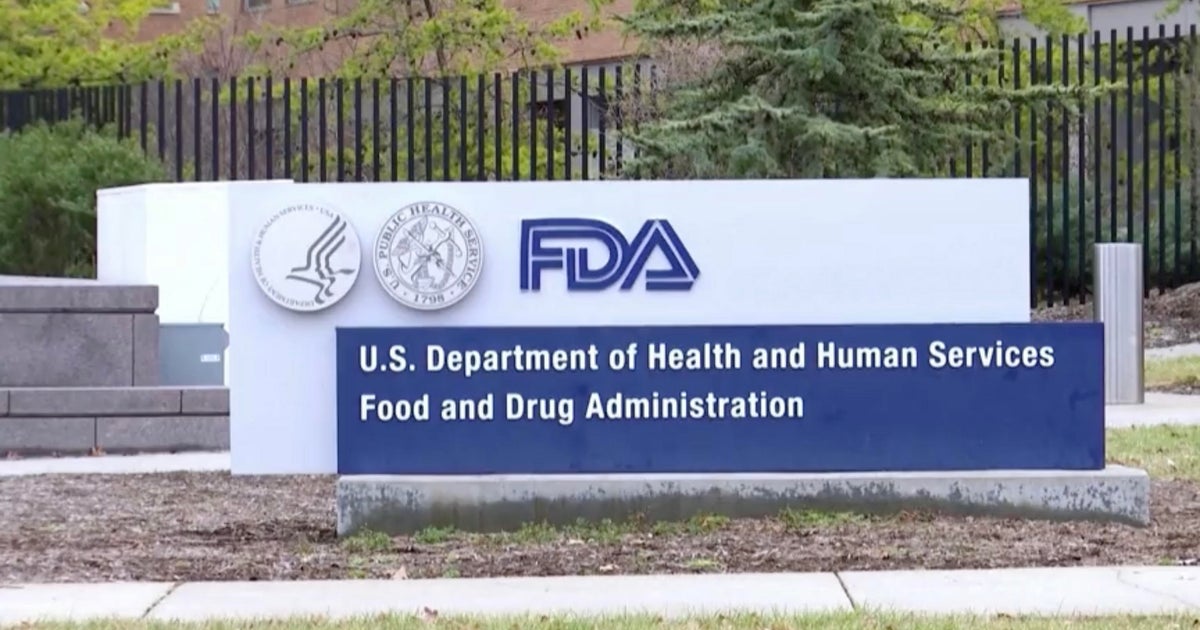Why the latest bird flu case has experts worried about a potential pandemic
Health officials are alarmed by more than 50 confirmed human cases of a bird flu variant across seven states this year, with a new case confirmed this week in a California child without known contact with infected animals.
CBS News medical contributor Dr. Céline Gounder, the editor-at-large for public health at KFF Health News, answered questions about why experts are worried about the possibility of human-to-human transmission. The answers below have been lightly edited for space and clarity.
Q: Why is it so important that the latest case had no known contact with an infected animal?
Dr. Gounder: This is important because we are wondering, how did this child get infected? The other two most likely sources would be a wild bird or a human. If it's a human, that means that there is human-to-human transmission going under the radar, and that is one of the signs a virus could be on the verge of becoming a pandemic — when you have human-to-human transmission.
This would be the second U.S. case [of H5N1 bird flu] without exposure to sick farm animals.
Q: A case was also recently reported in Canada. What makes the Canadian case interesting?
A: A few things were notable about the teen in Canada:
- We don't know the source.
- That teenager is critically ill, so this is not a mild case of bird flu like we've seen with other bird flu cases.
- We've seen mutations in that particular case that would make the virus more easily transmitted from person to person.
Big picture, we're seeing bird flu spreading among poultry, wild birds, cattle, humans, and this is really Russian roulette for creating a situation where you have mutations for adaptation to human-to-human transmission.
In an ideal world, we would be testing to monitor for signs that these changes are happening. But we're not testing nearly enough — not nearly enough cattle or humans in particular — to understand how the bird flu virus is evolving.
Q: What role do farmworkers play in the spread?
A: Bird flu has been infecting and spreading like wildfire among dairy cattle over the past year. Farmworkers are getting exposed. If enough farmworkers get exposed, the virus will eventually have the opportunity to adapt and spread from human to human. And that's one step towards having a pandemic flu virus.
Bird flu spreading in cattle can also spread to poultry, hurting poultry farmers. Bird flu is deadly to birds. Poultry farmers have to cull, in other words kill, their chickens, turkeys and other birds when they've got bird flu. Since the start of the current bird flu outbreak in 2022, over 100 million birds have been culled in the US.
Q: In addition to human-to-human transmission, what makes a potential bird flu pandemic concerning to experts?
A: We don't have pre-existing immunity to this virus. Think back to COVID in 2020, we're in a very different world today, but at that time, it was a new virus to which we had no pre-existing immunity. And that's why we worry about animal viruses that we have not developed immunity to before.
Q: How is bird flu impacting grocery prices?
A: We're not just dealing with a disease spreading between animals and people; we're also dealing with economic issues. Culling sick birds means fewer eggs, chickens and turkeys for us to eat. We've seen that drive up egg and poultry prices at the grocery store over the past couple of years.
Poultry farmers are compensated for their financial losses, but cattle farmers don't think the current compensation programs adequately cover their losses, which makes them resist testing their cattle and milk for H5N1. That increases the risk of ongoing transmission among cattle as well as the spread of infection to poultry and humans. But we also know that another pandemic would have huge economic consequences for everyone, not just the agriculture industry.
Q: What happens next?
A: Controlling the bird flu virus and preventing a pandemic will require a collaboration among federal agencies (CDC, USDA, FDA, immigration), state health and agriculture departments, and industry. There needs to be collaboration across areas of expertise — public health, veterinary medicine, economics and social sciences. And there will need to be financial incentives from government to industry and workers to align everyone's interests.
Just last week, the National Academy of Medicine released a report calling for more research on:
- How and where the bird flu virus is spreading among farm animals, wild animals and humans
- Understanding incentives and disincentives for producers and migrant workers to participate in public heath efforts — and better understanding of economic costs of disease itself.
- Figuring out if the prevention strategies, vaccines and treatments we have will be enough. For example, should we be testing more cattle before they're moved? Are the vaccine candidates good enough? When should we vaccinate people or cattle?



